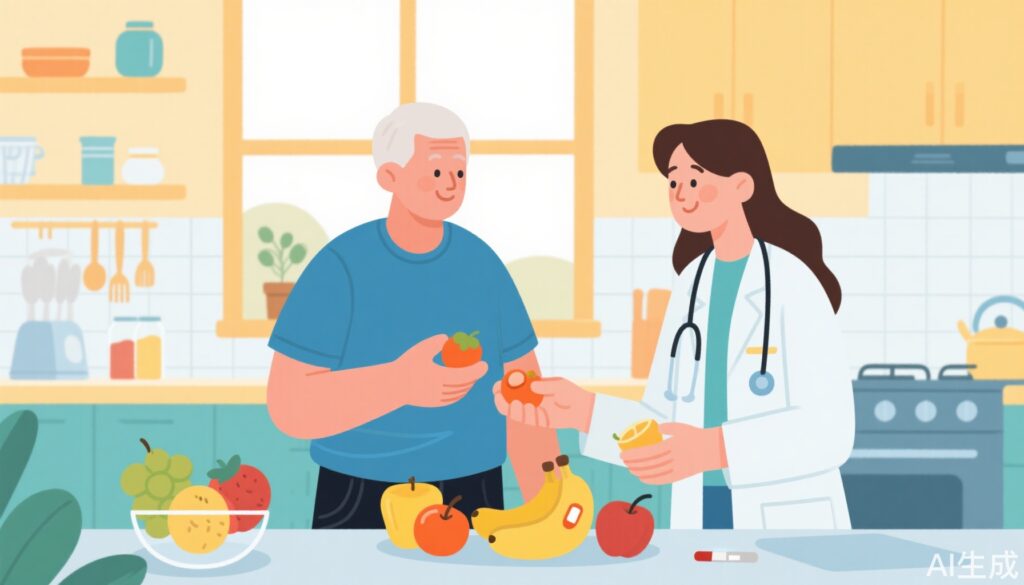Introduction
Fruits are rich in dietary fiber, vitamins, and minerals, which contribute positively to human health. Many fruits also contain anthocyanins and vitamin C, powerful antioxidants that help combat aging. For diabetic patients with well-controlled blood sugar, consuming fruits in moderation is possible, but attention must be paid to the selection of fruit types, total intake, and timing of consumption.
1. Which Fruits Are Suitable for Diabetic Patients?
Diabetic individuals should choose fruits with a low glycemic index (GI) and glycemic load (GL). The glycemic index measures how quickly 50 grams of available carbohydrates in a food raise blood glucose levels compared to pure glucose over two hours. A higher GI means faster blood sugar spikes, while a lower GI indicates slower rises.
The glycemic load combines the GI with the amount of digestible carbohydrates in the food, reflecting the overall blood sugar impact. GL is calculated as: GL = GI × proportion of digestible carbohydrates.
Recommended fruits for diabetics are those with low GI and low GL values, such as plums, cherries, grapefruit, strawberries, peaches, pears, and apples. Fruits with moderate GL values between 10 and 20, like bananas and plantains, should be consumed cautiously. Avoid fruits with GL greater than 20, such as jujubes, hawthorn berries, raisins, and longan.
2. How Much Fruit Should Be Eaten?
Using the food exchange system, one serving corresponds to the amount of food providing approximately 90 kilocalories. Diabetic patients with well-controlled blood sugar can consume up to one serving of low GI and low GL fruits daily but should subtract the fruit’s calories from their total daily energy intake to prevent excessive caloric intake.
3. When Is the Best Time to Eat Fruits?
The optimal time for diabetic patients to consume fruits is about two hours after a meal or as a snack between meals, or before and after exercise. At these times, blood glucose levels are relatively stable, and consuming fruits separately from main meals helps avoid excessive carbohydrate intake at once.
4. Importance of Blood Glucose Monitoring
While GI and GL serve as useful references, individual blood sugar responses vary due to differences in metabolism and other factors. Therefore, diabetic patients should cultivate regular blood glucose monitoring habits to understand their unique metabolic responses and select fruits accordingly.
5. Common Fruits Providing Approximately 100 Kilocalories
| Fruit | Weight (grams) | Quantity (approximate) |
|---|---|---|
| Apple | 150 | 1 medium |
| Pear | 140 | 1 medium |
| Peach | 130 | 1 medium |
| Strawberries | 250 | About 15 medium berries |
| Grapefruit | 180 | Half medium fruit |
| Banana | 90 | 1 small |
| Cherries | 160 | About 20 cherries |
| Plum | 180 | 1 medium |
6. Additional Precautions
Patients with poorly controlled blood glucose or acute complications such as diabetic ketoacidosis or hyperosmolar hyperglycemic state should temporarily avoid fruit consumption to prevent worsening their condition. Those with severe chronic diabetic complications should consult their physician for personalized dietary guidance.



